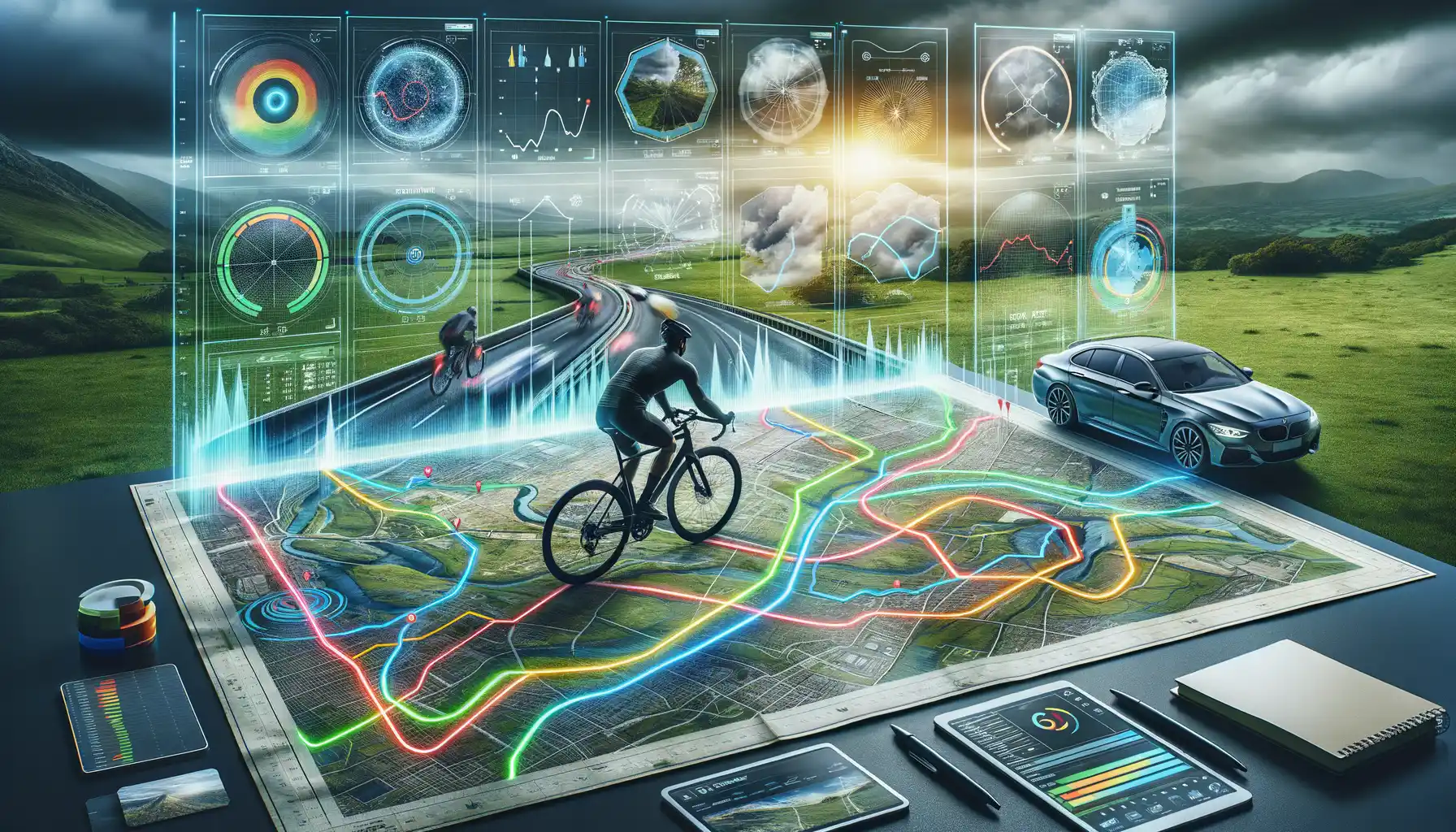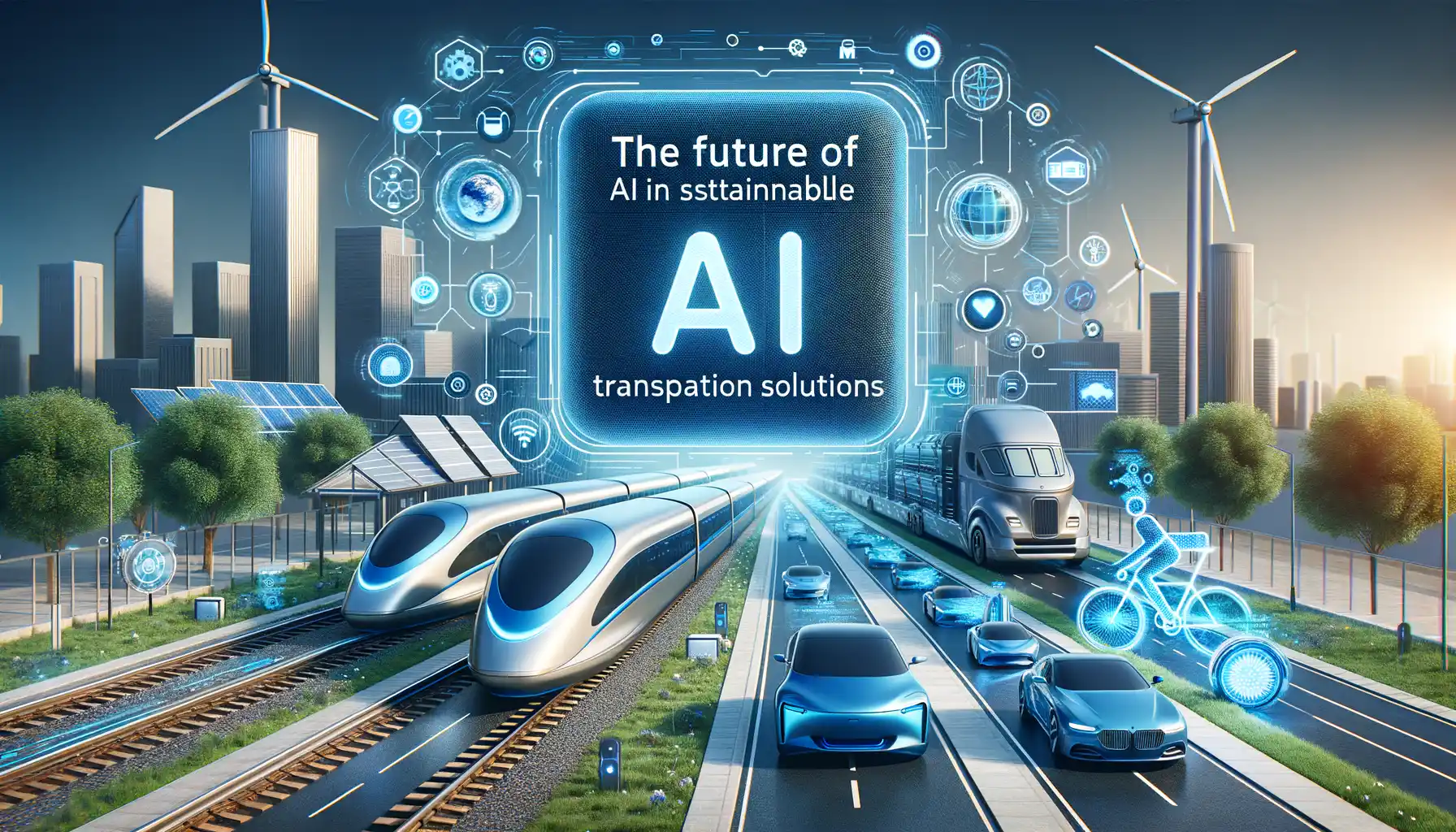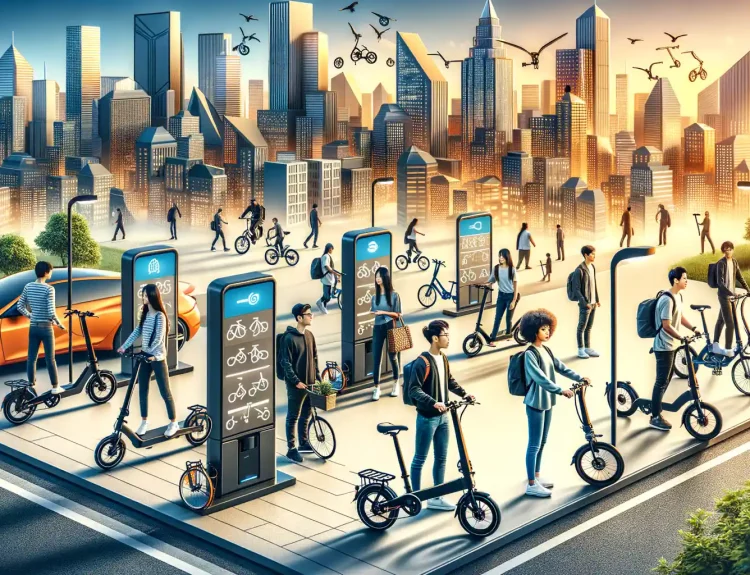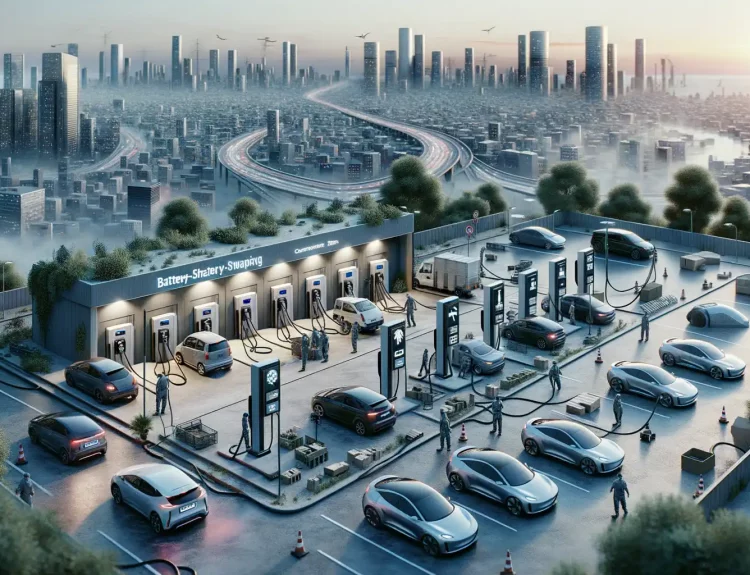Understanding AI-Powered Predictive Modeling
How Machines Learn to Predict the Unpredictable
Imagine trying to guess what the sky has planned for your afternoon ride. Will the sun smile down on you, or will rain ambush your ride halfway through? Enter the world of AI-powered predictive modeling, where complex algorithms take on the role of nature’s soothsayer. But how do they do it?
It starts with feeding AI a steady diet of data—tons of it. Think: historical weather patterns, live satellite imagery, humidity trends, and even cyclist feedback. These machines aren’t just crunching numbers; they’re connecting dots we humans might miss. It’s like giving them a crystal ball forged from science instead of magic.
What’s mind-blowing is how these models adapt, as though they’ve developed a sixth sense. They assess not only today’s forecast but also subtle shifts that signal sudden rain or gusts of wind. Combine this with cycling route data, and voilà! You’ve got suggestions that dodge storms better than an experienced weatherman.
- Predictive Accuracy: It taps into hyperlocal data—down to your block.
- Real-Time Updates: Routes can shift as quickly as the clouds above.
- Personalization: Preferences like avoiding hills in harsh wind are factored in.
That’s the beauty here—not just data for data’s sake, but actionable insights tailored to keeping you safe, dry, and enjoying the ride.
The Importance of Weather Adaptability in Cycling

Why Every Cyclist Needs to Be Weather-Savvy
Picture this: you’re pedaling peacefully along your favorite trail, the sun stretching golden rays across your path. But in a blink, dark clouds gather, the wind sharpens, and suddenly, you’re caught in an unexpected downpour. Sound familiar? For cyclists, weather is not just a backdrop; it’s an ever-changing character in their story.
Being adaptable to the weather is like carrying a flexible shield—it protects you from discomfort, unexpected risks, and even potential injury. A sudden temperature drop can sap your energy faster than a poorly pumped tire, while relentless headwinds can feel like battling an invisible enemy. And let’s not forget wet roads; slippery turns are no friend to your tires.
- Slick surfaces demand quick decision-making and careful braking.
- Unbearable heat can turn your pleasant ride into an exhausting slog.
- Strong winds might push against you—or worse, toss you off balance.
Smart cyclists don’t just “check the weather.” They prepare for its every whim and twist. It’s about more than comfort; it’s what keeps the journey enjoyable and safe, rain or shine.
How Predictive Models Enhance Cycling Route Planning

Opening New Pathways with Data-Powered Predictions
Imagine waking up for your weekend ride only to be greeted by unpredictable skies. Should you risk a drenching or choose a route that keeps you in the sun’s embrace? This is where AI-powered predictive models come to life—almost like a trusted cycling buddy with a sixth sense. Using a combination of weather forecasts, historical data, and real-time conditions, these systems don’t just suggest routes—they anticipate your needs. For instance, if rain clouds are brewing on your favorite hill climb, a predictive model might guide you toward a scenic, dryer path instead.
What makes this so transformative? It’s not just about avoiding rain or wind; it’s about leveling up your entire cycling experience. Picture taking the most stunning trails without worrying about slippery terrain or gale-force headwinds ruining the ride. With these models, your ambitions sync with the environment, as if nature and technology are working hand-in-glove.
A Glimpse of AI’s Magic in Action
Here’s what predictive models bring to your handlebars:
- Time-sensitive route adjustments: Stay a step ahead of sudden downpours or rising crosswinds.
- Customized recommendations: Prefer gentle slopes over steep climbs on windy days? AI learns—and adapts.
- Safety awareness: Get alerts about icy patches, flash flood zones, or fog-prone routes before you even set off.
These aren’t just manual tips reproduced digitally—they’re leaps in intelligence that make cycling feel intuitive. Can you feel it? That seamless blend of thrill and preparedness? This is the frontier of biking brilliance!
Challenges in Weather-Adaptive Cycling Route Design

When Nature Throws a Curveball
Designing cycling routes that adapt to weather is like playing chess with Mother Nature—only she’s got all the unpredictable moves. While sunny skies and dry roads might seem like an easy mode, the real challenge kicks in when weather conditions turn tricky. Think of sudden downpours, icy patches, gusty winds, or even suffocating heatwaves. These aren’t just inconveniences; they can turn a peaceful cycling journey into a hazard.
Now, how do we teach algorithms to think like seasoned cyclists who instinctively take shelter under trees during rain or avoid slippery shortcuts? Predictive models often stumble when faced with hyper-local quirks: a street notorious for flooding or a hill that becomes a wind tunnel in winter. And let’s not forget, today’s weather forecasts aren’t flawless. Even with cutting-edge data, there’s always that rogue drizzle that sneaks past the radar.
- Real-time data integration: Roads, nature, and humans are dynamic. The algorithm must process thousands of updates without breaking a sweat.
- User personalization: Not every cyclist wants the same thing! Adventure seekers crave rugged paths, while commuters need smooth, safe rides.
Weather-adaptive cycling route design isn’t just a tech puzzle. It’s an intricate dance of precision, creativity, and knowing how to outwit the elements!
The Future of AI in Sustainable Transportation Solutions

Revolutionizing Transportation with AI’s Green Touch
Imagine a world where your commute not only avoids traffic but also contributes to a healthier planet. That’s the promise of integrating AI-driven innovations into sustainable transportation. From reducing emissions to creating eco-friendly urban designs, the potential is electrifying—pun intended.
AI works tirelessly behind the scenes, processing mountains of data to make smart, sustainable decisions for all of us. For instance, it can craft real-time public transit schedules based on passenger needs and weather conditions. Ever been caught in an unexpected downpour while cycling? AI can help us dodge those wet surprises by suggesting safer, drier routes—turning chaos into convenience.
- Dynamic bike route suggestions tailored to your city’s rainfall patterns.
- Optimized electric bus routes for minimal energy consumption.
- Urban planning strategies designed to reduce car dependency altogether.
How AI Can Bring Us Closer to Carbon-Neutral Cities
But the magic doesn’t stop there. By pairing AI with renewable energy initiatives—like solar-powered charging stations for e-bikes or AI-directed autonomous vehicles—transport innovation meets sustainability head-on. Picture this: your cycling app not only steers you clear of bad weather but also syncs with local power grids, ensuring your trip leaves an ultra-light carbon footprint. The future isn’t just bright—it’s green and glowing with promise.



